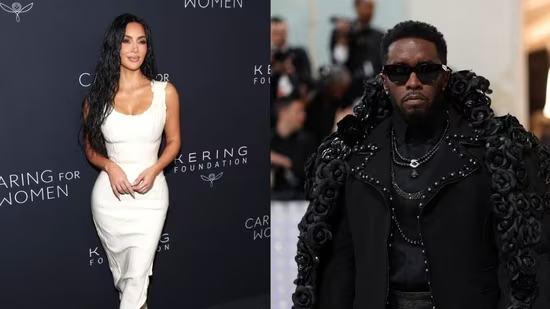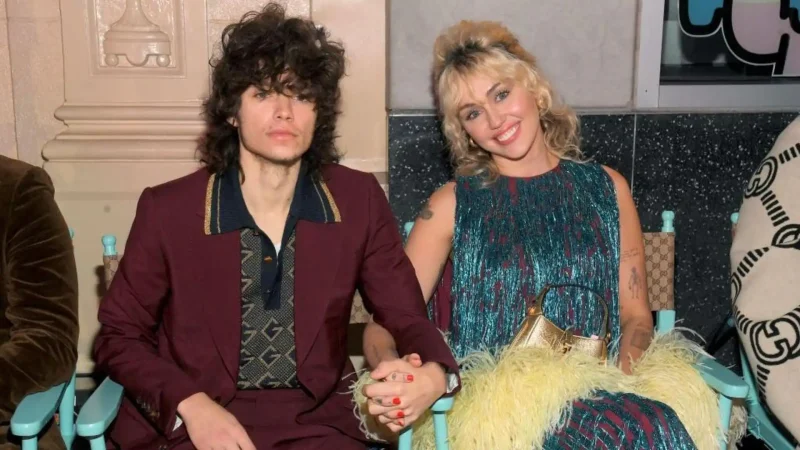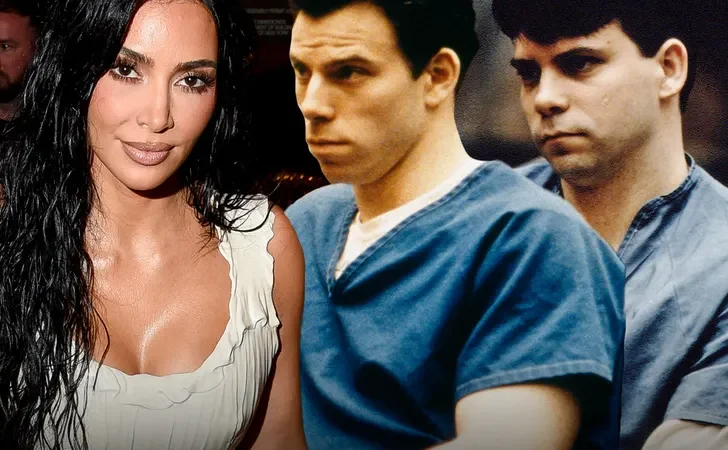Look What Taylor Made Us Do
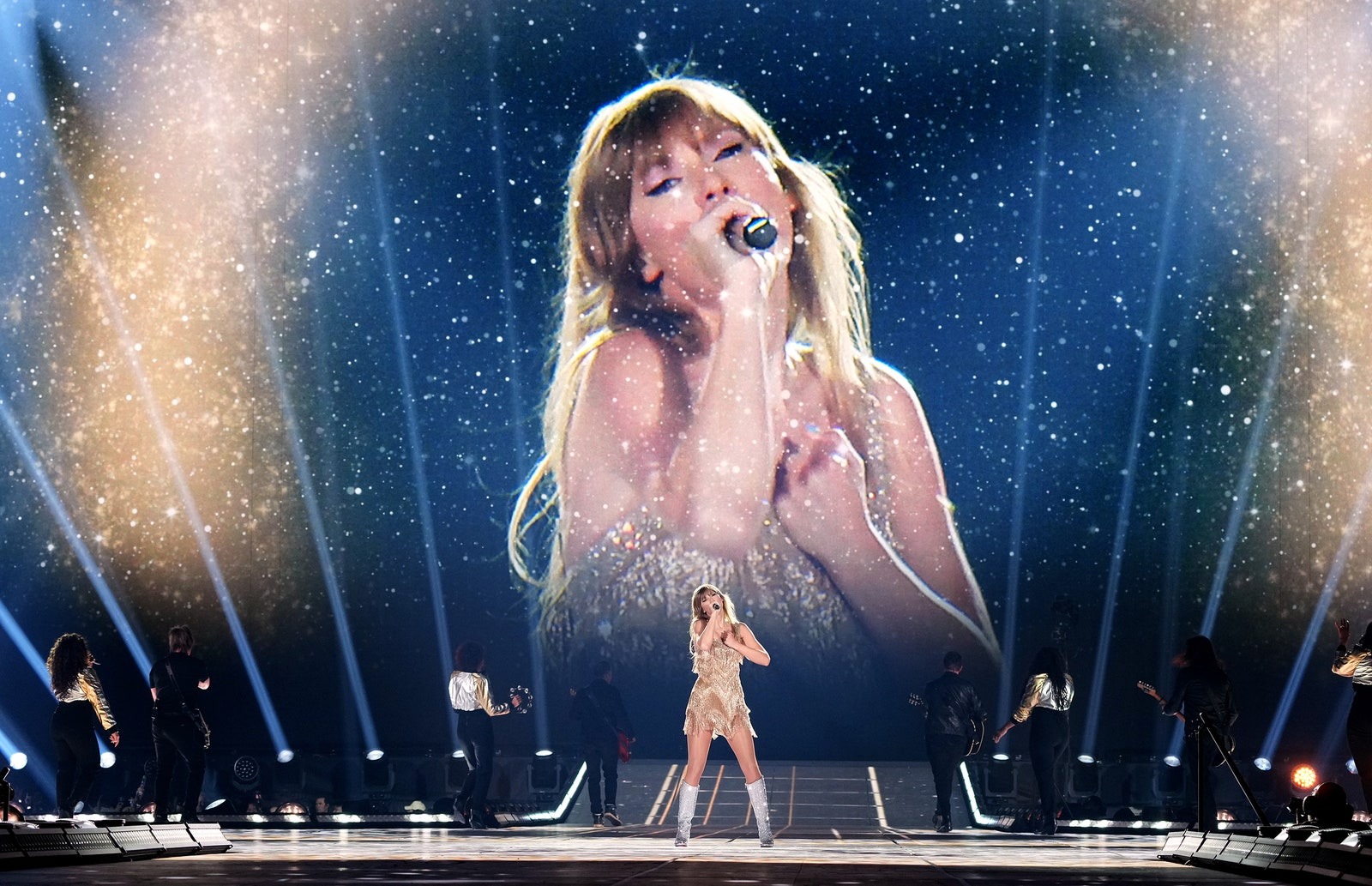
There was a moment, about twenty-five minutes into Taylor Swift’s first Eras Tour show, in Glendale, Arizona, when fans began to realize that the concert was much grander than they had anticipated. In the lead-up to opening night, there had been a lot of speculation about the format of the show. The premise was ambitious: the show would span Swift’s entire musical career, which is so varied that each album consтιтutes its own “era.” Presumably, this endeavor would involve Swift performing one song or so from each of her ten albums. But it was also hard to imagine her leaving so many others on the cutting-room floor. On Reddit, a few psychos speculated that Swift might be onstage for three hours or more, like a one-woman jam band. It was the only way, they argued, for her to come remotely close to hitting everything. More world-weary fans, though, listed a variety of logistical concerns, including ordinances banning fireworks and loud music late at night. Legality aside, three hours just seemed like a lot. “3 hour performances would be incredibly hard on her voice,” a user named ellisoph wrote.
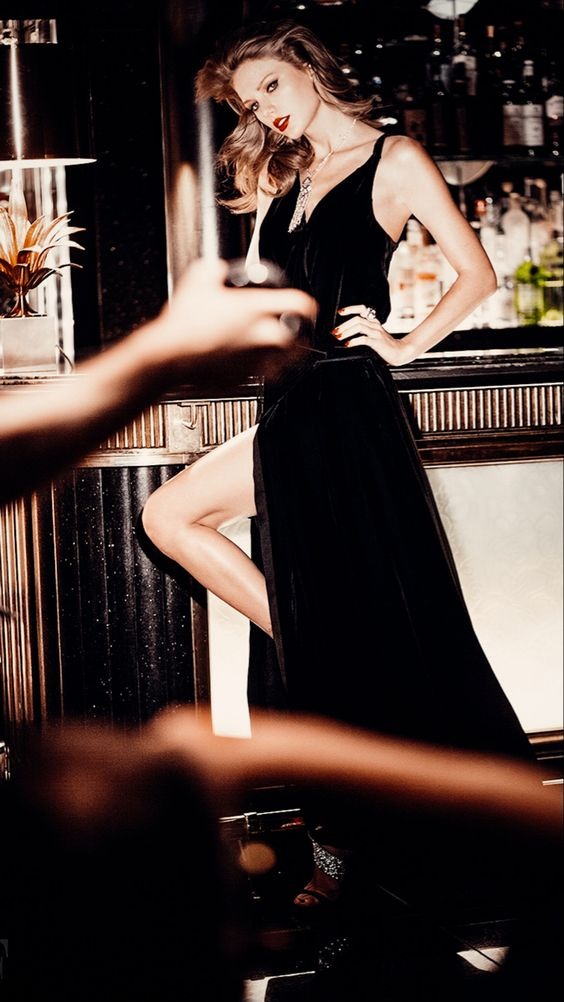
“Agreed!” the original poster replied. “I’m just sharing dreams.” (Swifties are notoriously nice—at least, to one another.)
In Glendale, which changed its name to Swift City in honor of the event, Swift opened with six songs from the “Lover” era—an explosion of pastel hues, bubblegum pop, and L.G.B.T.Q. allyship. After that, she played three songs from “Fearless,” then five from “evermore.” As the show wore on, hellopizzafap wrote on Reddit, “ID LIKE TO POINT OUT WE ARE 30 SONGS DEEP AND STILL HAVE 3 ERAS TO GO.” In Glendale, things were starting to fall apart. “The stadium ran out of water,” one person complained afterward. “Like the entire stadium.” Swifties with tickets to later stops on the tour began recalibrating their plans: one woman wrote that she might switch out the dress she’d wanted to wear for a pair of glitter pants, in order to hide her compression socks. There was one attendee, live-streaming the concert, who had seemingly anticipated that Swift would be putting on the show of a lifetime: “Don’t worry about my fucking battery, bitches,” he told his audience on TikTok. “I got two phones and a power bank.”
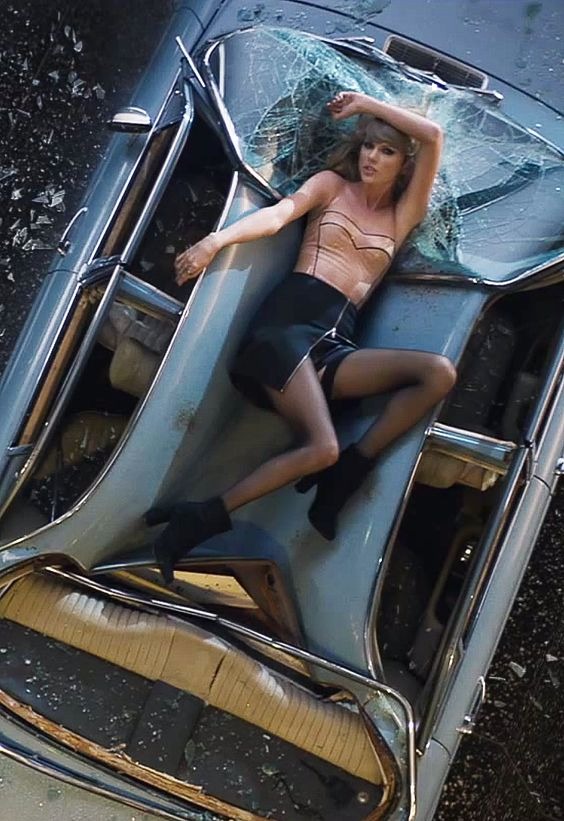
Swift performed forty-four songs in total, for an approximate run time of three hours and fifteen minutes. There were sixteen costume changes, most of which happened onstage; she took no real breaks. Fans were in disbelief, but they also seemed genuinely concerned for her health: “This bitch is literally going to die doing all of these shows,” one person wrote. It was the first night of the tour, but it also felt like an ending. “This is what I imagine a farewell concert to be,” another wrote. “Like, the last show you do in your life. I have no idea how she’ll do this again tomorrow.”
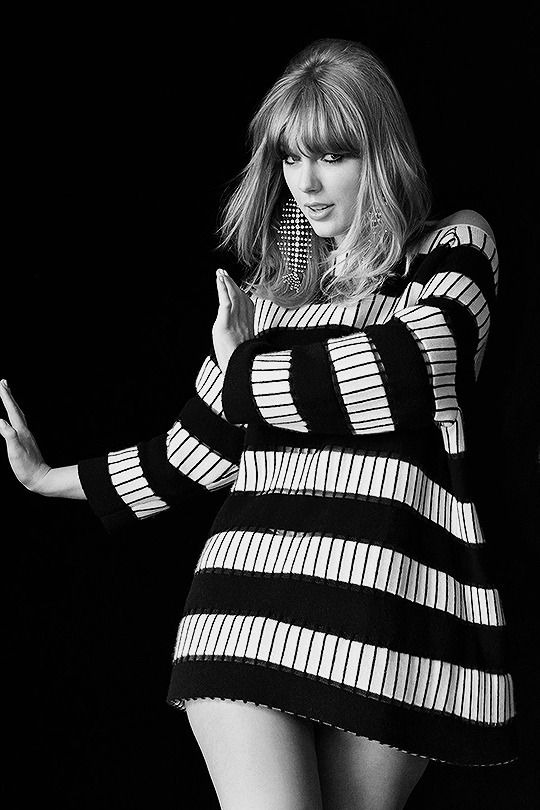
Taylor Swift has done to stadium shows what Beyoncé did to Coachella, and to millennials what Bruce Springsteen did to baby boomers. She has crafted a spectacle—a long-form, real-life experience in an age that is otherwise dominated by short-form online content—though the tour is also perfectly designed to be consumed online. The show’s length, and its emphasis on albums, might be suggestive of something more old school, but there are parts of the tour that feel developed for the algorithm, such as Swift’s performance of the song “Bejeweled,” which incorporates part of a viral TikTok dance, or when she references comments that she’s read about herself online, including the phrase “mother is mothering.” I, like many fans, have been following the tour through an endless stream of content since that first show in Glendale.
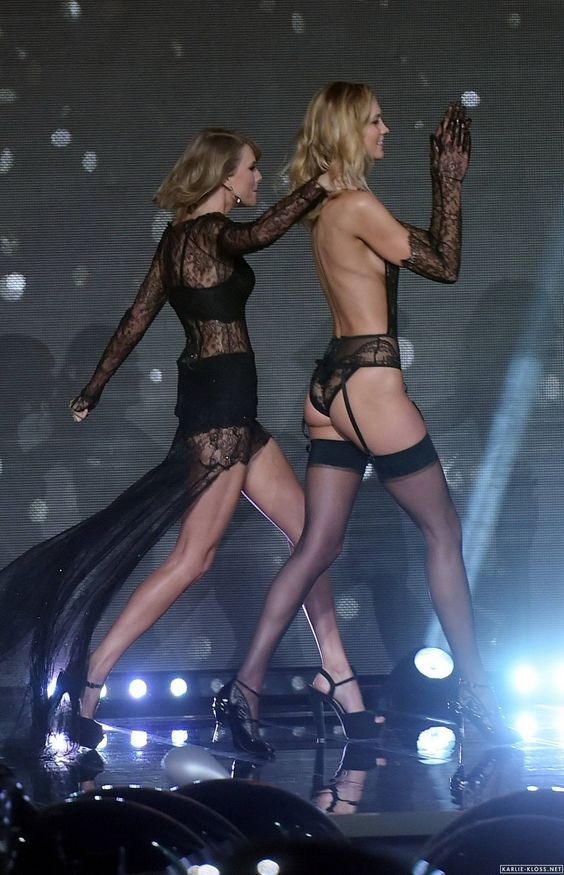
Swift’s fan base skews female, millennial, and white, though there’s plenty of diversity within: take the Gaylors, a contingent of Swifties who are convinced that the artist’s lyrics are sapphic, or the rapper Azealia Banks, who is famous for hating everyone except Swift, of whom she is oddly protective. (“Taylor, this guy is gonna give you scabies,” Banks recently wrote on Instagram, of Swift’s alleged boyfriend, Matty Healy. “He’s not on the level of powerful puss u worked HELLA Hard To build.”) Ultimately, Swifties are united by two main qualities: perpetual onlineness and sleep deprivation, because Swift often saves important announcements for late at night. (While rolling out her most recent album, “Midnights,” she dropped a series of TikToks at the тιтular hour; one of my friends, complaining that the gimmick had ruined her sleep schedule, lamented that the album had not been called “9 P.M.s.”) In the ᴅᴇᴀᴅ of the night, like many Swifties in the Eras Tour era, I lie awake watching videos of Swift sprinting across the stage barefoot and nearly falling off the edge. As the sun rises, I bookmark an Instagram Reel recommending high-quality concert earplugs, having read horror stories about Eras Tour-induced tinnitus.
Even organic parts of the concert—such as Swift moving the mike away from her face, in a clip that has gone viral, in order to sneak in a cough—seem to serve a higher purpose. They are proof that Swift, who for most of her career has released an album every two years, like clockwork, is a real person with surprising vulnerabilities. Some conspiratorially minded Swifties have speculated that these unplanned moments are just as orchestrated as the rest of the show. At every concert, Swift performs two acoustic surprise songs; after watching the artist forget the lyrics to one of her most beloved songs, and mess up the bridge of another, some fans took this as a sign that even the right clock is broken twice a day.
Swift, who is thirty-three, has now been famous for exactly half the time she’s been alive. (She released her début single, “Tim McGraw,” seventeen years ago.) But, for more than a decade, she managed to be both commercially popular and puzzlingly uncool. Her earnestness, along with her insane work ethic, made her subject to suspicion. When Kanye West interrupted her at the V.M.A.s, a moment that might have earned her some sympathy, it seemed instead to throw her carefully curated persona into sharp relief. Today, though, the world has come around. Even music snobs begrudgingly respect the poeticism of “folklore” and “evermore,” Swift’s critically acclaimed indie albums. Former haters have chalked up their previous feelings to an internalized misogyny. For some, this epiphany may have come when Swift launched a feminist crusade against the label executive Scooter Braun, the owner of her masters, and began rerecording her first six albums. At an Eras Tour show in Nashville, she announced the impending release of “Speak Now (Taylor’s Version)”, and the crowd spent the next several minutes screaming and sobbing—a remarkable display of excitement for an album that already exists.

Swift’s fans lovingly refer to her as a “capitalist queen.” The success of the rerecordings and the Eras Tour have made her the second-richest woman in music, with an estimated net worth of seven hundred and forty million dollars, according to Forbes. In the original Ticketmaster sale, Eras Tour tickets were supposed to cap at around five hundred dollars, but resale demand instantly inflated them, in some cases, to as much as ninety thousand. She sold two million tickets in one day, a record that caused the platform to implode. The resale market has been rife with grift; I’ve seen several videos of people showing up at the stadium only to discover that their secondhand stubs are fake. Not that being outside the stadium is the worst place to be: thousands of fans have knowingly set out on pilgrimages that end in the parking lot, where they can listen—and sing along—to the show, from a distance. Swift has matched her fans’ loyalty to her with an equal devotion to them. When a lightning storm began on the night of her third Eras Tour performance in Nashville, she decided to wait it out instead of cancelling the show. Attendees were kept in a holding area of the stadium until the weather had pᴀssed, and, online, they posted stories of absolute mayhem: young girls peeing their pants, adults pᴀssing out, a lactating mother yearning for a breast pump. Swift eventually came onstage at 10 p.m., and performed until 1:30 a.m., as rain poured on her and the crowd.
Perhaps the most impressive part of the Eras Tour is seeing Swift take a show fit for a late-career Las Vegas residency and bring it from one N.F.L. stadium to the next, where she must grapple with bad weather, mid-concert injuries, and occasional production malfunctions. The tour is, in some ways, a cudgel, demanding the respect of critics who once dismissed Swift’s talents as a live performer, back in the early days, when her voice got warbly on high notes and the choreography was charmingly awkward. But it is also, of course, for the fans. While introducing “mirrorball,” one of the surprise songs in Glendale, Swift described the track’s inspiration to the crowd. “I was trying to think of sort of an eloquent way to say that I love you, and I need your attention all the time,” she said.

